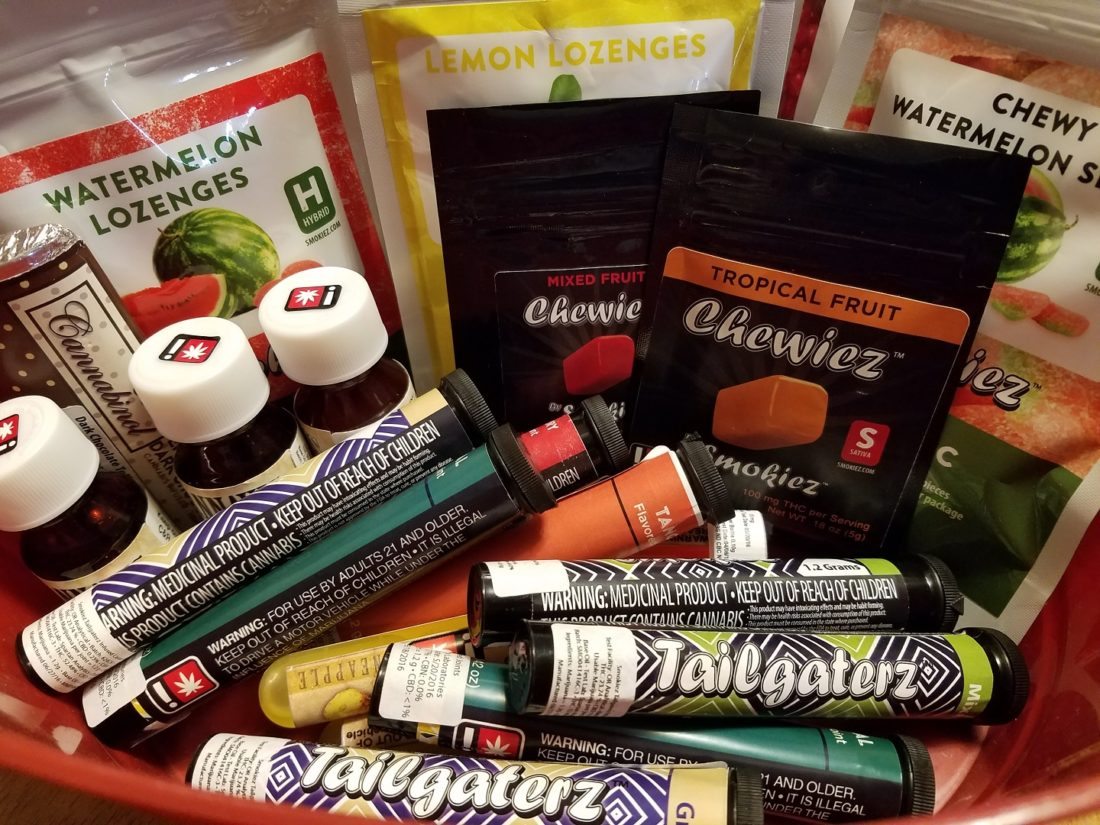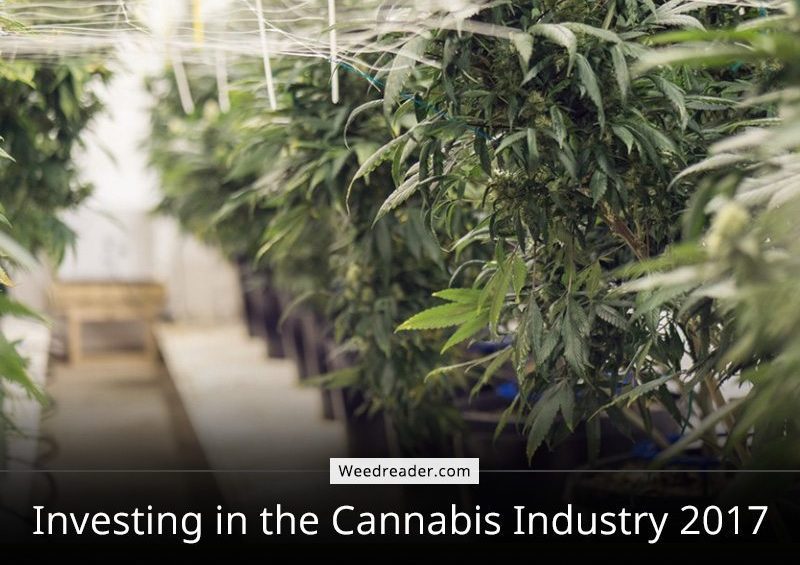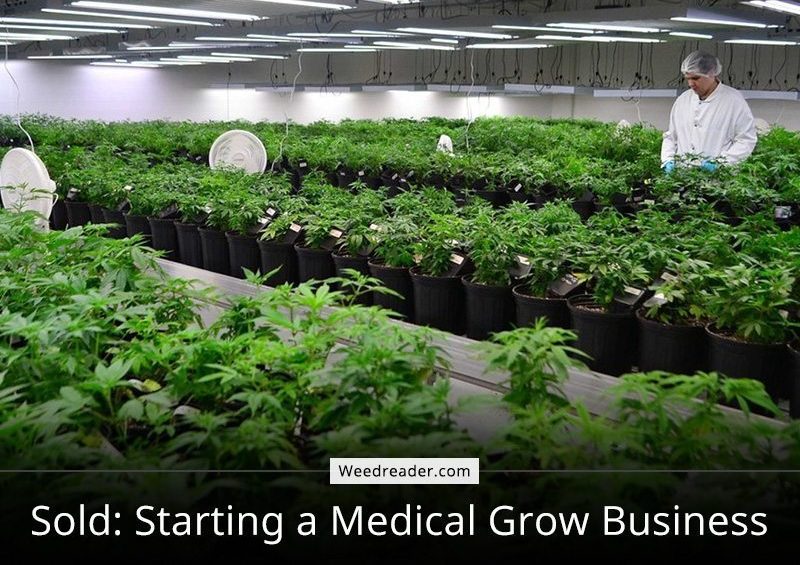Marijuana stock investing in 2016 has seen a meteoric rise.
Investing in cannabis is making some major money with one especially impressive company posting gains of well over 2,000%. This despite how fraught with risk this industry is. Since marijuana is still classified as a Schedule I substance with “no currently accepted medical use and a high potential for abuse,” according to the federal government, there are still some hurdles to overcome.
The National Commission on Marijuana and Drug Abuse issued a series of reports concluding that marijuana was “less a serious threat to public health than a sensitive social issue and recommended changes to federal law that would permit citizens to possess a small amount of it at a time, while still maintaining that the drug should not be legalized.” Yet investing remains risky because the people in power refuse to be moved to action.
Is $50 billion motivation enough?
 Ackrell Capital projects that the cannabinoid-based pharmaceutical market could clear $50 billion annually. Investors took special not of the prediction due to the explosive growth the industry has seen so far. They make sure to include plenty of caveats in their report that basically boil down to legalization=money.
Ackrell Capital projects that the cannabinoid-based pharmaceutical market could clear $50 billion annually. Investors took special not of the prediction due to the explosive growth the industry has seen so far. They make sure to include plenty of caveats in their report that basically boil down to legalization=money.
AbbVie (ABBV) is ahead of the game in medicinal marijuana field because its drug (Marinol) is already been approved by the Food and Drug Administration and in the market. Marinol is mainly used to relieve nausea and vomiting for chemotherapy patients. It has also been prescribed for AIDS patients to help stimulate appetite.
If you want to talk about AbbVie, let me just say that it has had 44 years of consecutive dividend increases. Over the past three years alone, the dividend has grown by 12.5%. the 4.13% dividend yield is considered attractive for income investors.
Just because they were first to the market doesn’t make them invincible though. Company revenues, gross profit and net income have been stagnant during the last four quarters. If Marinol can raise profits, AbbVie and others like it could be treated as an income play rather than a growth stocks for 2017.
There are currently 28 states willing to sell.
 Support for use of medical marijuana is rapidly expanding along with investing opportunities. After the November U.S. elections, 28 states plus the District of Columbia now have legalized use of medical marijuana. A handful of states have also chosen to allow recreational use.
Support for use of medical marijuana is rapidly expanding along with investing opportunities. After the November U.S. elections, 28 states plus the District of Columbia now have legalized use of medical marijuana. A handful of states have also chosen to allow recreational use.
Legalization should diminish some of the institutional barriers for companies investing in the marijuana industry. Although we can see how slow the movement is by looking at recent court decisions about drug testing. The advancement of legalization on a state level presents a special opportunity for investors but at great risk.
Weed’s mis-classification as a schedule-I compound creates restrictions for patients in non-weed-friendly states. Not to mention how much of a damper it puts on investors’ plans. The chief regulator of Wall Street (Financial Industry Regulatory Authority or FINRA) blocked a S-1 filing from weed companies attempting to go public and trade stock. The ban will remain in place until the drug is re-scheduled.
There are only 3 approved options on the market.
 While opportunities exist, current realities paint a stark picture. The U.S. Food and Drug Administration has approved a whopping total of three cannabinoid drugs. It took seemingly forever for another cannabinoid to join Marinol and Cesamet in the medicine cabinet.
While opportunities exist, current realities paint a stark picture. The U.S. Food and Drug Administration has approved a whopping total of three cannabinoid drugs. It took seemingly forever for another cannabinoid to join Marinol and Cesamet in the medicine cabinet.
In July of 2016, the FDA gave the go ahead for Insys Therapeutics’ (NASDAQ:INSY) Syndros to join the party. Like Marinol, the active ingredient of Syndros is the synthetic cannabinoid dronabinol. And don’t think that only drug companies are trying to get in on the action.
Investors sent shares of Scotts Miracle-Gro Co. up 48 percent last year when they saw the lawn-care company as a relatively safe way to capitalize on the cannabis trend. It sells fertilizers, lighting and other supplies for hydroponics that are used by most indoor cultivators.
One person can tip the scales.
A very important fact for investors considering investing in marijuana to remember is who the next attorney general is. And the person who got the nomination to fill that role was Alabama Republican Sen. Jeff Sessions. A man who is an adamant opponent of legalized marijuana.
In a Senate hearing last April, Sessions cited a 20% increase in the traffic deaths in some states where marijuana has been legalized to show the drug is a problem. His continued vigorous attempts to demonize cannabis users signals major disappointment for those hoping for banking reform.
Marijuana companies have continued to struggle with limited access to basic banking services since most banks fear federal prosecution for dealing with pot businesses. Being forced to operate on a cash-only basis is a security concern and an expansion inhibitor for any business. With Sessions taking the helm, there is little hope for meaningful pressure to improve access to banking services. Additionally, marijuana businesses must pay tax on their gross profits instead of net profits. This is because they’re disallowed normal corporate income tax deductions.
How should you approach the industry?

It has been said that getting rich during a gold rush is to easiest when you sell shovels. With that in mind, the best figure for investors trying to turn a profit from the “marijuana rush” are the companies that have zero marijuana-related products. The smartest play might be in companies that have the potential to benefit by serving people and companies that do sell cannabis.
But before you invest in any company, get as much information about that company as you possibly can. Find out if they are a legitimate company with a good management team. Look into who’s running the company and at the company’s finances. Don’t be afraid to go over the balance sheet, the cash flow, the income statement, and the shareholder’s equity.
Look at all of the info you can before making a decision. Call the nearby Chambers of Commerce, find out if they know the people or company. Don’t forget to look at the other officers and management to make sure the engine is firing on all cylinders if you catch my drift. Do all the research you can but don’t forget to talk to your financial advisor as well before pulling the trigger.
The early bird doesn’t always get the worm.
 Companies are making serious efforts to develop effective medicines using on cannabis. These companies deserve all due diligence before investing in any of them. Understand that investing in potential is risky and any of the drugs discussed in this article could fail or disappoint. Some medicinal marijuana stocks will undoubtedly succeed in 2017, so research and be vigilant when navigating this exploding industry. But don’t forget all the good that cannabis can do.
Companies are making serious efforts to develop effective medicines using on cannabis. These companies deserve all due diligence before investing in any of them. Understand that investing in potential is risky and any of the drugs discussed in this article could fail or disappoint. Some medicinal marijuana stocks will undoubtedly succeed in 2017, so research and be vigilant when navigating this exploding industry. But don’t forget all the good that cannabis can do.
Cannabinoids have been found to have potential in treating over 40 medical issues including cancer, chronic pain, epilepsy, and glaucoma. Companies developing marijuana-related compounds rarely focus on cannabis alone. Be aware that some “mainstream” stocks may actually profit from loosened restrictions on marijuana even if they don’t grow or sell it themselves. Thanks for reading.














